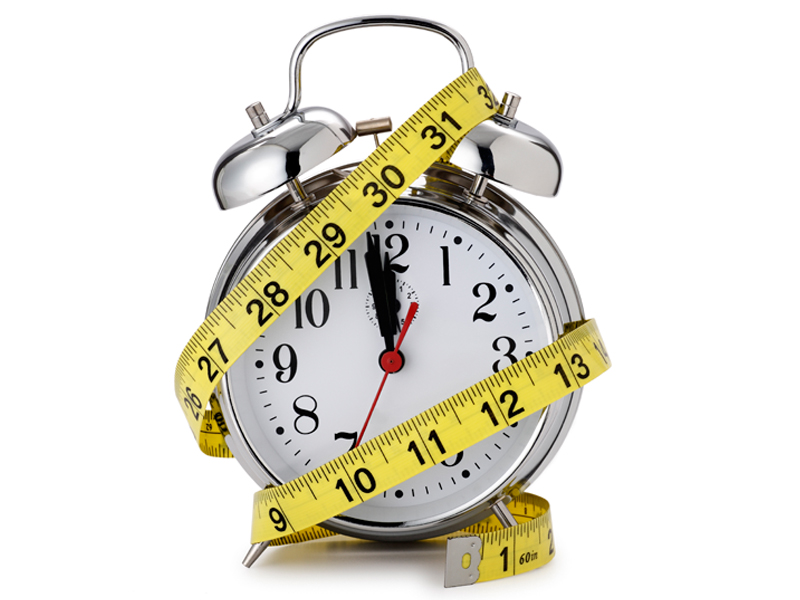Get Easy Health Digest™ in your inbox and don’t miss a thing when you subscribe today. Plus, get the free bonus report, Mother Nature’s Tips, Tricks and Remedies for Cholesterol, Blood Pressure & Blood Sugar as my way of saying welcome to the community!
The sleep sweet spot that shrinks your waist and disease risk

Sleep can be elusive… and tricky.
You see, there is a sweet spot when it comes to sleep.
Get too little and your health suffers.
Get too much and your health suffers.
But, hit your sleep sweet spot and you feel great and are less likely to get sick.
Where do you fall on the sleep spectrum?
If you’re not sure, here’s what you need to know to figure it out… because both over and under sleeping carry some significant risks for your health…
Obesity, bad cholesterol and metabolic syndrome
Researchers at Seoul National University College of Medicine set out to discover just exactly what that sleep sweet spot was and the dangers associated with missing the mark.
Here’s what they found…
Compared to people who slept six to seven hours per day, men who slept fewer than six hours were more likely to have both metabolic syndrome and a higher waist circumference.
What does this mean?
Metabolic syndrome is a group of risk factors — high blood pressure, high blood sugar, unhealthy cholesterol levels, and abdominal fat.
Having these risk factors doubles your risk of blood vessel and heart disease — putting you at risk for both heart attacks and strokes. And, they raise your risk of diabetes by a whopping five times.
And, that higher waist circumference?
Well, that means you’re at increased risk for heart disease and diabetes.
The scientists also found that like the men with too little sleep, women who slept fewer than six hours were more likely to have a higher waist circumference and the risks that come with it.
On the flip side, sleeping more than ten hours per day was associated with metabolic syndrome and increased levels of triglycerides in men. And, in women, this extra sleep was even more dangerous and led to metabolic syndrome, higher waist circumference, higher levels of triglycerides, high blood sugar, and even low levels of ‘good’ cholesterol.
Clearly, getting just the right amount of sleep is so important.
Your guide to better sleep
As the study shows, you want to get a minimum of six and a maximum of 10 hours of sleep each night.
The sleep sweet spot? Eight to nine hours.
Here’s your guide to making it happen…
- Set a sleep schedule – To ensure you stay in the proper sleep zone, go to bed and wake up at the same time each day. This will help to regulate your body’s sleep clock and improve your overall sleep quality.
- Get daytime light – Be sure to get plenty of exposure to bright, natural light during the day, especially in the morning to help regulate your body’s sleep rhythm.
- Power down – On the other hand, as the evening hits and bedtime approaches, it’s vital to eliminate your exposure to bright lights, especially the blue light you get from tablets, computers and smartphones.
- Wind down – Create a bedtime routine that helps you to leave the cares of the day for the day and sleep better at night. This could include a warm, relaxing bath before bed, a diffuser of calming essential oils, like lavender or chamomile or even visualizing yourself in a place that feels calm and peaceful.
Remember, whether or not you get the right amount of sleep each day, could determine the future of your health. Don’t get too much or too little, but instead, hit that sleep sweet spot and your body with thank you.
Editor’s note: Are you feeling unusually tired? You may think this is normal aging, but the problem could be your master hormone. When it’s not working, your risk of age-related diseases skyrockets. To reset what many call “the trigger for all disease” and live better, longer, click here to discover The Insulin Factor: How to Repair Your Body’s Master Controller and Conquer Chronic Disease!
Source:
- Sleeping too much or not enough may have bad effects on health — BioMed Central












